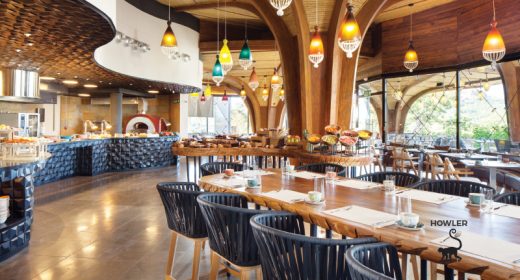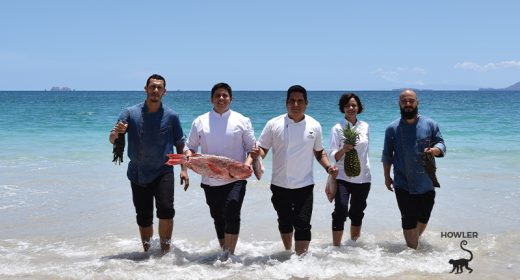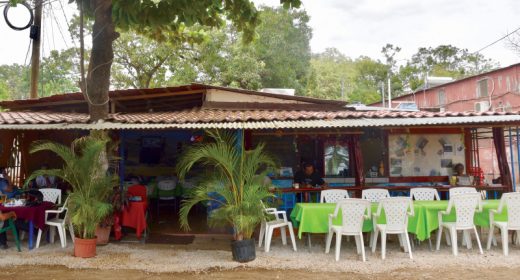
Costa Rican Holiday Cuisine
- NOV 01, 2019Warning: count(): Parameter must be an array or an object that implements Countable in /home/howlermag/public_html/old/wp-content/themes/new-paper/includes/general.php on line 193

Your Lead Paragrpah goes here
Costa Rican Holiday Cuisine: Tasty Traditions. Food is an integral part of the equation for any culture that celebrates Christmas. Costa Rica has its own Yuletide feasts and treats prevalent from the end of November through the start of the new year.
A classic example is queque Navideño, or Christmas cake, a fruitcake that has been soaked in rum. The running joke warning is not to eat too much, to avoid getting drunk. But of course, all the alcohol evaporates when the cake is baked.
Also at this time of year, grapes and apples are served with meals as a side dish.
Part of the Costa Rica holiday cuisine
is preparing Christmas tamales in the family kitchen
is a multi-stage group event.
 Seasonal favorites
Seasonal favorites
Corn has been a food staple for centuries in Costa Rica, but you can expect more corn on the cob to be served here during the Christmas season. The most popular Yuletide main dish in Costa Rica is pierna de cerdo asada, or pork roast, generally baked and garnished with ample amounts of garlic, oregano, celery, onions and carrots. Sometimes, a cup of orange juice is the secret cooking ingredient, so don’t tell anyone!
Sweets abound in most cultures at Christmas time and Costa Rica is no exception. The most popular are manzanas escarchadas (candied apples), rolled in crushed almonds and hazelnuts, as well as mani garapiñado (caramel-covered peanuts). Many are familiar with the churro, a spiral-shaped pastry filled with caramel and then sprinkled with cinnamon sugar. Although churros are available year-round, they seem to be a lot more prevalent during the holiday season.
Tamale tradition
Last, but certainly not least, is the tamale, a staple of Central American cuisine since long before the Spanish Armada set anchor here. Introduced to Europeans by indigenous cultures, the tamale has been part of Latin America’s collective heritage. Each country has its own distinct tamale recipe, too. In Mexico, they are stuffed with beef and black olives, then wrapped in corn husks. In Nicaragua, they are called nacatamale, cooked with bacon and beef, local herbs and vegetables.
The Costa Rican tamal is usually packed with pork and carrots. Recently, vegetarian tamales have begun to show their face as well. All tamales are bound by a thick cornmeal called masa, and in Costa Rica are wrapped in plantain leaves. Word to the wise: do not try to eat the leaf wrapping!
The tamal is a veritable symbol of the Tico culture. The tradition and recipes are passed on from one generation to the next, usually from mother to daughter. Preparing Christmas tamales in the family kitchen is a multi-stage group event spanning a weekend or two in early December. The end products are bound in twine, usually two together, in packages called piñas. Giving a piña of tamales for the recipient to share with someone else is an integral part of the Christmas spirit in Costa Rica.
Feliz Navidad!









